1 4 Rules of Debit DR and Credit CR Financial and Managerial Accounting

Ed’s inventory would have an ending debit balance of $38,000. The rest of the accounts to the right of the Beginning Equity amount, are either going to increase or decrease owner’s equity. Each account type (Assets, Liabilities, Equity, Revenue, Expenses) is assigned a Normal Balance based on where it falls in the Accounting Equation.

Debit and Credit in Accounting

Since cash was paid out, the asset account Cash is credited and another account needs to be debited. Because the rent payment will be used up in the current period (the month of June) it is considered to be an expense, and Rent Expense is debited. If the payment was made on June 1 for a future month (for example, July) the debit would go to the asset account Prepaid Rent. Although each account has a normal balance in practice it is possible for any account to have either a debit or a credit balance depending on the bookkeeping entries made. In accounting and bookkeeping, a debit balance is the ending amount found on the left side of a general ledger account or subsidiary ledger account. Here’s a simple table to illustrate how a double-entry accounting system might work with normal balances.
Debit vs. Credit Balance
Accumulated Depreciation is a contra-asset account (deducted from an asset account). For contra-asset accounts, the rule is simply the opposite of the rule for assets. Therefore, to increase Accumulated Depreciation, you credit it. Let’s see in detail what these fundamental rules are and how they work when a business entity maintains and updates its accounting records under a double entry system of accounting.
- Sales are reported in the accounting period in which title to the merchandise was transferred from the seller to the buyer.
- Depending on the account type, an increase or decrease can either be a debit or a credit.
- The following example may be helpful to understand the practical application of rules of debit and credit explained in above discussion.
- Chartered accountant Michael Brown is the founder and CEO of Double Entry Bookkeeping.
- Revenue is the income that a company earns from its business activities, typically from the sale of goods and services to customers.
- The rules of debit and credit determine how a change affected by a financial transaction can be updated in a journal and then applied to accounts in ledger.
Normal Debit and Credit Balances for the Accounts

Accounts Receivable is an asset account and is increased with a debit; Service Revenues is https://www.bookstime.com/ increased with a credit. Debit pertains to the left side of an account, while credit refers to the right. The same rules apply to all asset, liability, and capital accounts. The Cash account stores all transactions that involve cash receipts and cash disbursements. By storing these, accountants are able to monitor the movements in cash as well as it’s current balance.
Double entry bookkeeping uses the terms Debit and Credit. They refer to entries made in accounts to reflect the transactions of a business. The terms are often abbreviated to DR which originates from the Latin ‘Debere’ meaning to owe and CR from the Latin ‘Credere’ meaning to believe. In accounting, the normal balance of an account is the preferred type of net balance that it should have.

This is normal debit balance examples important for accurate financial reporting and compliance with… A revenue account that reports the sales of merchandise. Sales are reported in the accounting period in which title to the merchandise was transferred from the seller to the buyer. This means that the new accounting year starts with no revenue amounts, no expense amounts, and no amount in the drawing account.
- In accounting, the normal balances of accounts are the side where increases are typically recorded.
- Equity (what a company owes to its owner(s)) is on the right side of the Accounting Equation.
- This means that the new accounting year starts with no revenue amounts, no expense amounts, and no amount in the drawing account.
- Based on the rules of debit and credit (debit means left, credit means right), we can determine that Assets (on the left of the equation, the debit side) have a Normal Debit Balance.
- Notice that the normal balance is the same as the action to increase the account.
- A normal balance is the side of an account a company normally debits or credits.
- This situation could possibly occur with an overpayment to a supplier or an error in recording.
How to Know What to Debit and What to Credit in Accounting
This occurs because every transaction must have the debit amounts equal to the credit amounts. For example, if https://x.com/BooksTimeInc a company borrows $10,000 from its local bank, the company will debit its asset account Cash for $10,000 since the company’s cash balance is increasing. The same entry will credit its liability account Notes Payable for $10,000 since that account balance is also increasing.
Time Value of Money
Any particular account contains debit and credit entries. The account’s net balance is the difference between the total of the debits and the total of the credits. This can be a net debit balance when the total debits are greater, or a net credit balance when the total credits are greater. By convention, one of these is the normal balance type for each account according to its category. When a financial transaction occurs, it affects at least two accounts.

